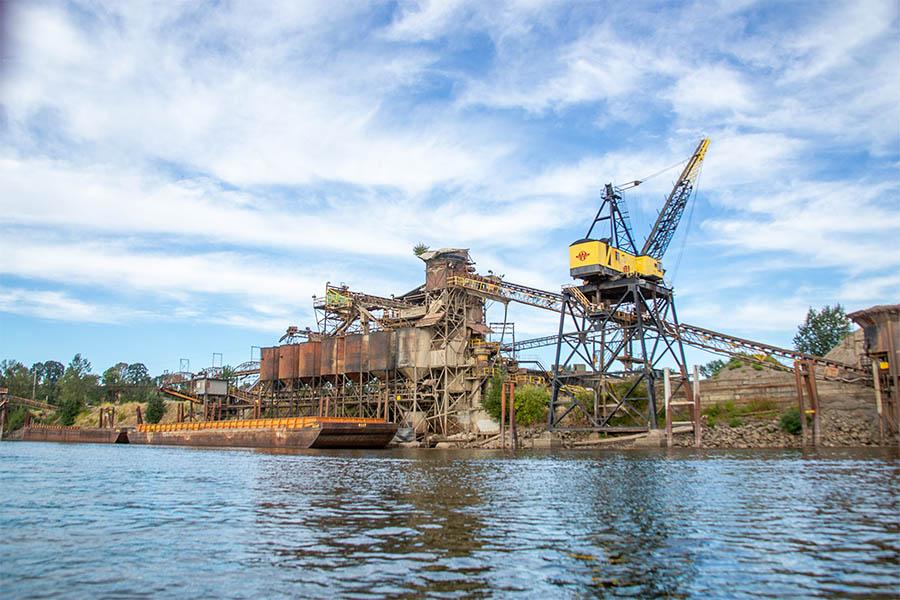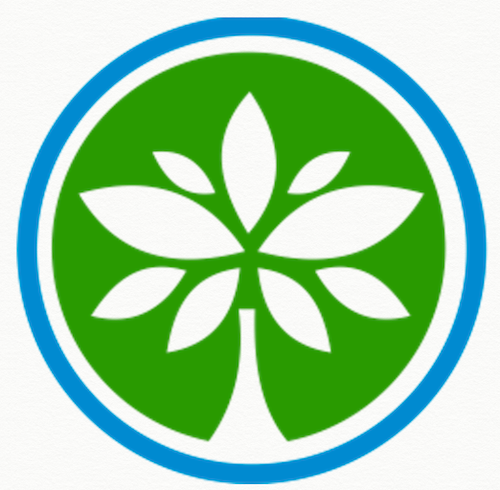
State Issues Rules to Monitor Ross Island Lagoon – Oregon Business
Landowners Ross Island Sand & Gravel must test the stagnant pond near Portland to prevent blue-green algae blooms.
State environmental regulators have released proposed rules to monitor the Ross Island lagoon in the Willamette River for toxic algal blooms.
The lagoon’s owner, Ross Island Sand & Gravel, must conduct biweekly testing and a mechanical skim of the lagoon surface, according to new guidance from the Oregon Department of Environmental Quality.
According to recent reporting in The Oregonian, the lagoon is a regular source of blooms of cyanobacteria, or “blue-green algae,” in the Willamette as it flows through Portland.
Blue-green algae can sicken fish, humans and animals and can be fatal for dogs. Blooms occur in hot conditions and have increased in frequency as a result of climate change. Blooms near Ross Island have caused regulators to close the Willamette to recreation including from August to September last year.
River activists are quoted as saying the new rules are interim measures and larger solutions are needed.
The island was once owned by Robert Pamplin Jr., who sold it to his corporation’s pension fund in 2019, according to Willamette Week. Last month, the DEQ filed liens against Pamplin’s Ross Island Sand & Gravel for “costs associated with investigation and cleanup activities” dating to 2019.
The requirements are part of a settlement agreement between the DEQ and the nonprofit advocacy group Northwest Environmental Defense Center, which sued in April alleging the state wasn’t doing enough to protect water quality in the lagoon and downstream. The center is connected to the Lewis & Clark Law School.
The DEQ’s new certification features stricter monitoring. The public can comment on the guidelines until Nov. 29, before they become final. A representative for Ross Island Sand & Gravel told The Oregonian the company plans to participate in the 30-day public comment period.
Located a mile from downtown, Ross Island is home to 50 bird species, according to the Bird Alliance of Oregon. According to the city, the island has a bald eagle nest and a great blue heron rookery.
The lagoon was formed around 100 years ago when the Army Corps of Engineers installed a levee that connected Ross Island and Hardtack Island. From 1926 to 2001, Ross Island Sand & Gravel mined the area, creating a 140-acre stagnant pond in the river. The lagoon’s warm, excessively nutrient-rich water made it the perfect breeding ground for cyanobacteria in the warmer months.
The state has required Ross Island Sand & Gravel to perform habitat restoration including filling a massive hole it created.
Pamplin sold his chain of newspapers earlier this year though he retains ownership of a range of other businesses.
Click here to subscribe to Oregon Business.


